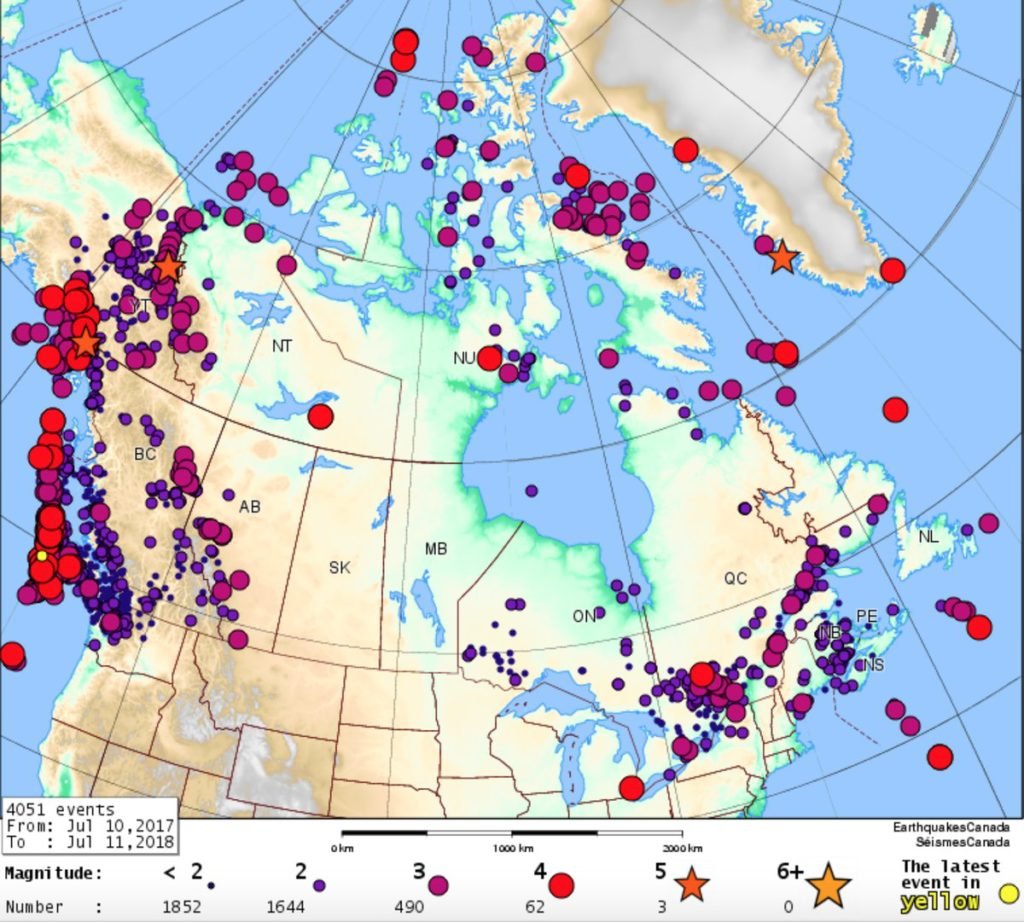
Tiny earthquakes are moving the Vancouver Island away from the Lower Mainland, according to a leading expert on earthquakes in the region.
Tiny earthquake tremors have pushed the Southern Vancouver Island about four to five millimetres away towards Japan, according to John Cassidy an earthquake seismologist with Natural Resources Canada.
His research was first reported in the Victoria News.
“Over the past few weeks the southern half of Vancouver Island has actually moved towards Japan,” he told the paper.
The shift, he said, happens when the shifting of plates causes them to lock together and store energy. In this case, the shift happens when the Juan de Fuca plate sinks under the North American plate upon which the Island sits.
This movement of plates, also called episodic tremors, release pressure which causes the westward move of the Island.
“We have thousands and thousands of these little tiny tremors that nobody feels and they happen at the same time. When we record these tremors that we can easily locate, that’s the same time that Vancouver Island changes direction and moves to the west,” he told the Victoria News.
Cassidy told the paper that about 20 years ago, scientists installed GPS instruments that showed how the earth’s surface moved as an impact of the earthquakes.
There is nothing extraordinary about the moving of the Island but it’s a reminder that the Islanders live on an active earthquake zone., he added.
“It’s been scientifically useful, but for all of us, it’s a good reminder that this is an active earthquake zone,” he told Victoria News.
In the last year, Natural Resources Canada recorded 4051 earthquakes in the country, of which 67 were ‘felt’ by the general public. Of all the recorded earthquakes, 80 per cent were felt in BC and Yukon.
Tiny earthquakes (that can only be recorded by seismographs) happen every day. On average, earthquakes large enough to be felt occur every week in Canada, damaging earthquakes are years to decades apart, and some of the world’s largest earthquakes are typically separated by intervals of centuries, according to Cassidy.

